The Amazon rainforest, stretching across nine South American countries, represents an unparalleled avian paradise with over 1,300 bird species calling this biodiverse ecosystem home. From flamboyant macaws to mysterious nocturnal species, the Amazon offers bird enthusiasts an experience unlike any other on Earth. The complex layered canopy, diverse habitats, and year-round growing season create perfect conditions for specialized birds that have evolved remarkable adaptations to thrive in this lush environment. Whether you’re planning your first expedition or returning for another adventure, understanding which spectacular species you might encounter will enhance your appreciation of the Amazon’s feathered treasures.
The Iconic Macaws of the Amazon
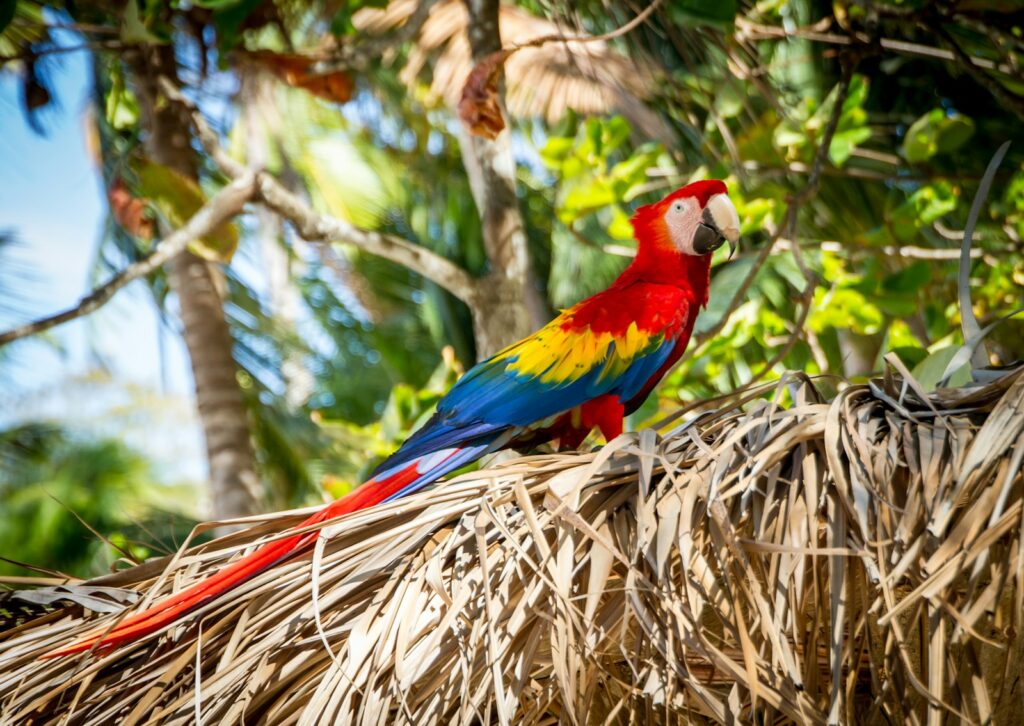
No Amazon bird-watching expedition would be complete without spotting the rainforest’s most emblematic residents: the macaws. The Scarlet Macaw, with its brilliant red, yellow, and blue plumage, creates an unforgettable sight as these birds travel in pairs or small flocks across the canopy. The Blue-and-yellow Macaw offers an equally dramatic color display, while the rarer Hyacinth Macaw—the world’s largest flying parrot—represents a prized sighting with its entirely cobalt-blue feathers and impressive wingspan approaching four feet. These intelligent birds gather at clay licks along riverbanks, where dozens to hundreds congregate to consume mineral-rich soil that helps neutralize toxins in their diet of seeds and fruits.
Spectacular Toucans and Their Massive Bills
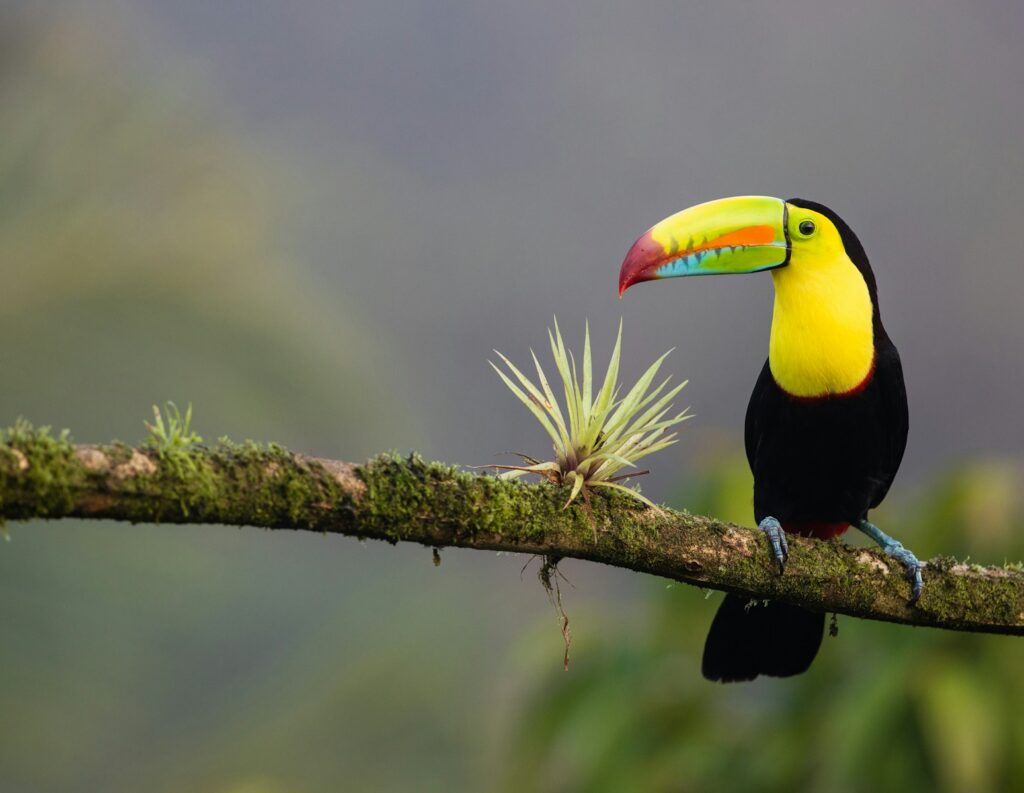
Toucans, with their disproportionately large and colorful bills, rank among the Amazon’s most recognizable birds. The Toco Toucan, sporting the largest bill relative to body size of any bird, uses this remarkable adaptation for reaching fruit on thin branches too delicate to support its weight. The Channel-billed Toucan, with its striking black plumage and rainbow-colored bill, often reveals its presence through a croaking call that carries through the forest. Smaller cousins like the Many-banded Aracari display intricate patterns on their bills and can frequently be spotted feeding in small family groups. Despite appearing unwieldy, toucan bills are surprisingly lightweight, composed of keratin honeycomb structures that provide strength without adding significant weight.
The Elusive Harpy Eagle
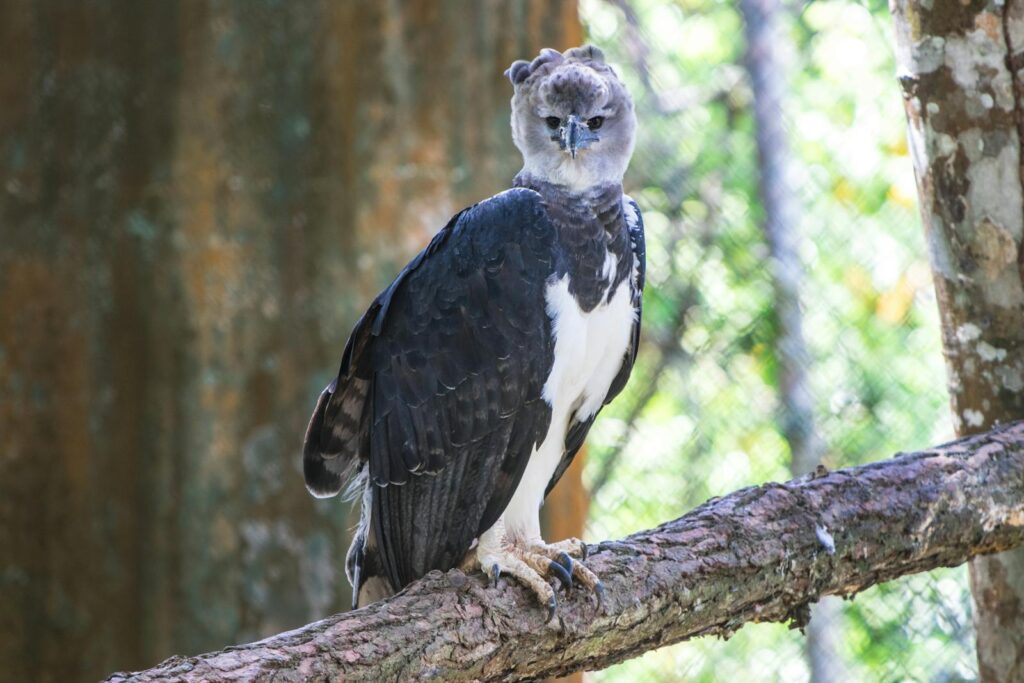
The Harpy Eagle represents the rainforest’s apex aerial predator and one of the world’s most powerful birds of prey. With a wingspan reaching seven feet and talons the size of grizzly bear claws, this massive eagle specializes in hunting monkeys and sloths from the forest canopy. Harpy Eagles maintain extremely low population densities, with breeding pairs requiring up to 25 square miles of undisturbed forest, making sightings exceedingly rare even for experienced guides. Their distinctive appearance includes a dark gray back, white belly, and black crest feathers that raise dramatically when the bird becomes alert or agitated. Conservation efforts focus on protecting these magnificent birds as they require vast swaths of intact forest habitat to survive.
Dazzling Hummingbirds of the Understory
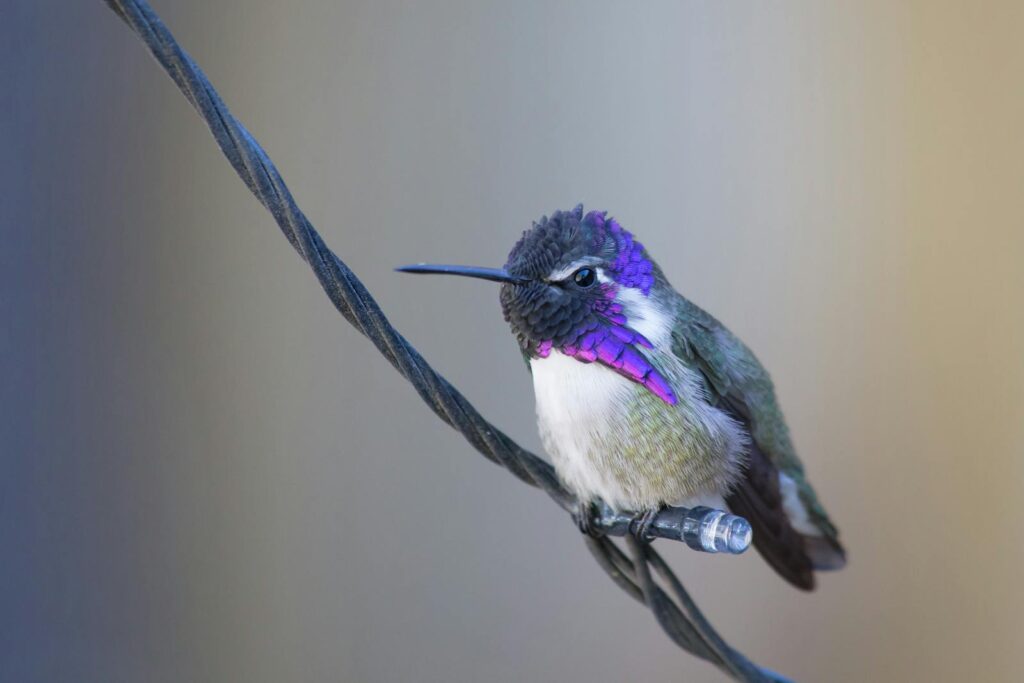
The Amazon hosts approximately 70 hummingbird species, each featuring specialized bill shapes evolved to feed from specific flower types. The Festive Coquette, barely larger than a bumblebee, displays an elaborate orange crest and green-spangled throat that flashes brilliantly in patches of sunlight. Wire-crested Thorntails impress observers with needle-thin tail extensions that exceed their body length, while Rufous-breasted Hermits patrol predictable routes through the understory, visiting the same flowers at approximately the same time each day. Many Amazonian hummingbirds have developed mutualistic relationships with certain plants, serving as their primary pollinators and receiving nectar rewards in a relationship shaped by millions of years of coevolution.
Curious Hoatzins: Living Fossils
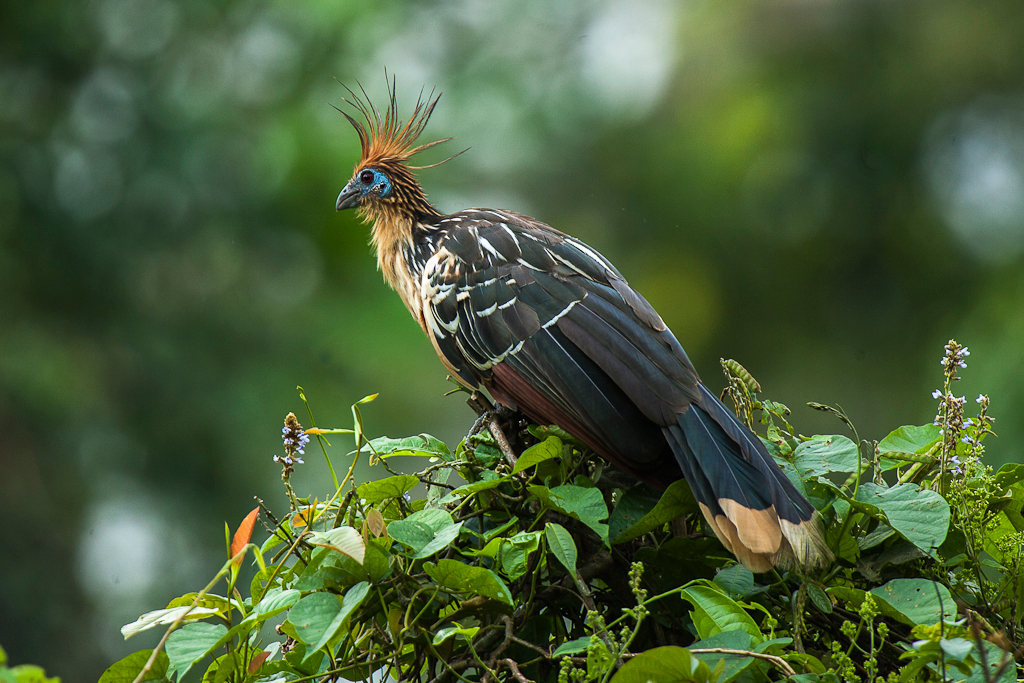
The prehistoric-looking Hoatzin, locally known as the “stinkbird” due to its manure-like odor, represents one of the Amazon’s most evolutionarily distinct birds. Young Hoatzins possess claws on their wings during their juvenile stage—a feature reminiscent of Archaeopteryx and other primitive birds—allowing them to climb back to their nests if they fall into the water. Their unusual digestive system functions similarly to that of cows, fermenting vegetation in an enlarged crop, making them the only birds with foregut fermentation. These social birds live in small family groups along riverbanks and oxbow lakes, where their awkward movement and pheasant-like appearance make them relatively easy to observe despite their otherwise shy nature.
The Amazon’s Cotingas: Jewels of the Canopy
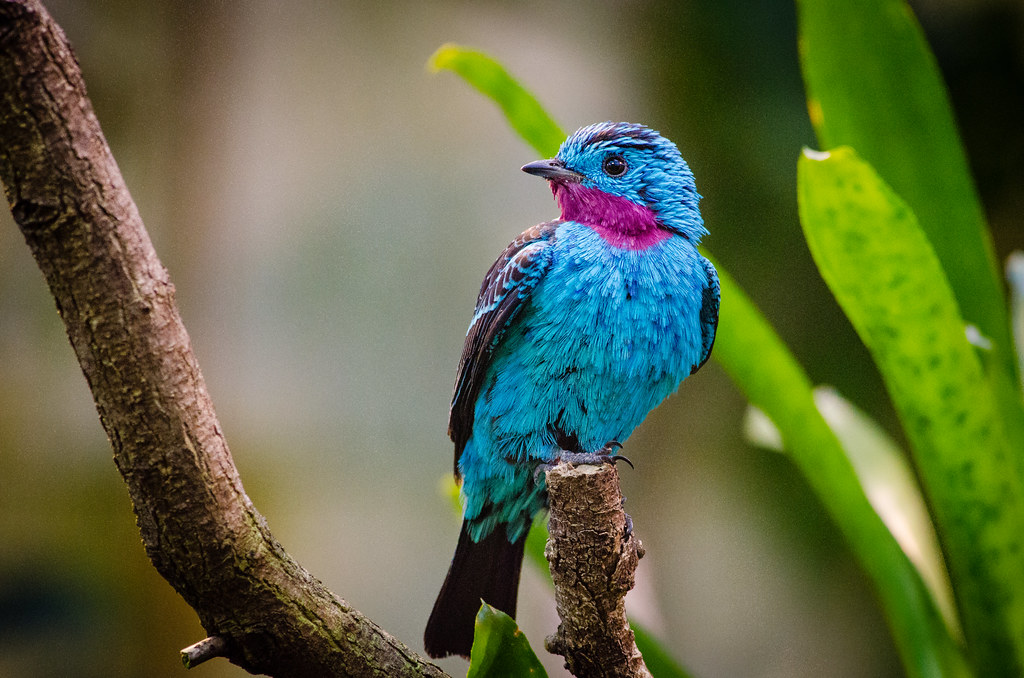
The cotinga family includes some of South America’s most bizarrely ornate birds, with the Amazon hosting several spectacular species. The Guianan Cock-of-the-rock assembles at traditional display grounds where males with brilliant orange-red plumage perform elaborate courtship rituals to attract females. The Amazonian Umbrellabird sports an unusual umbrella-like crest and elongated throat wattle that inflates during courtship displays. Perhaps most striking is the snow-white Bare-throated Bellbird, whose metallic, anvil-like call ranks among the loudest bird vocalizations in the world, audible from over a mile away. These canopy specialists typically feed on fruit and represent some of the most sought-after sightings for serious birders visiting the Amazon.
Kingfishers and Water-Associated Species
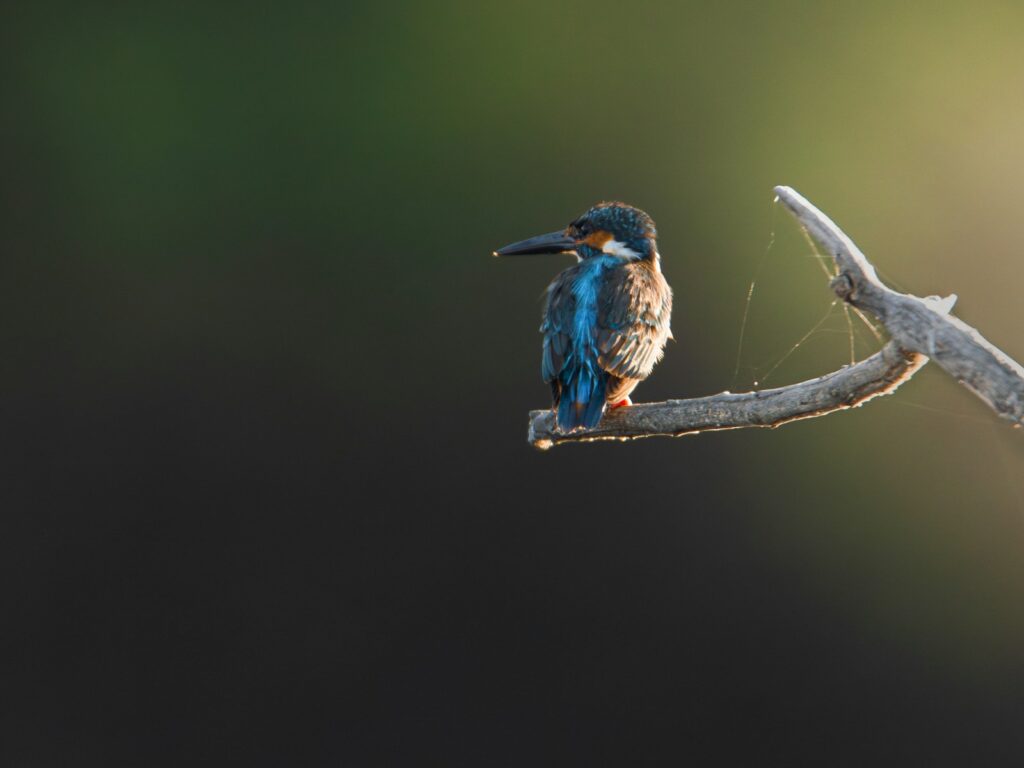
The Amazon’s extensive river system supports a remarkable diversity of birds specialized for aquatic habitats. The massive Ringed Kingfisher—the largest kingfisher in the Americas—perches conspicuously on branches overhanging waterways before diving with precision to capture fish. Sungrebes paddle stealthily through floating vegetation, occasionally submerging completely except for their slender necks and heads when threatened. The prehistoric-looking Sunbittern displays spectacular wing patterns resembling eyes when spread during territorial or defensive displays. Wading birds like the Rufous Tiger-Heron stalk the shallows with patient precision, their cryptic plumage blending perfectly with dappled shadows along the shoreline.
Mysterious Potoos and Nightjars
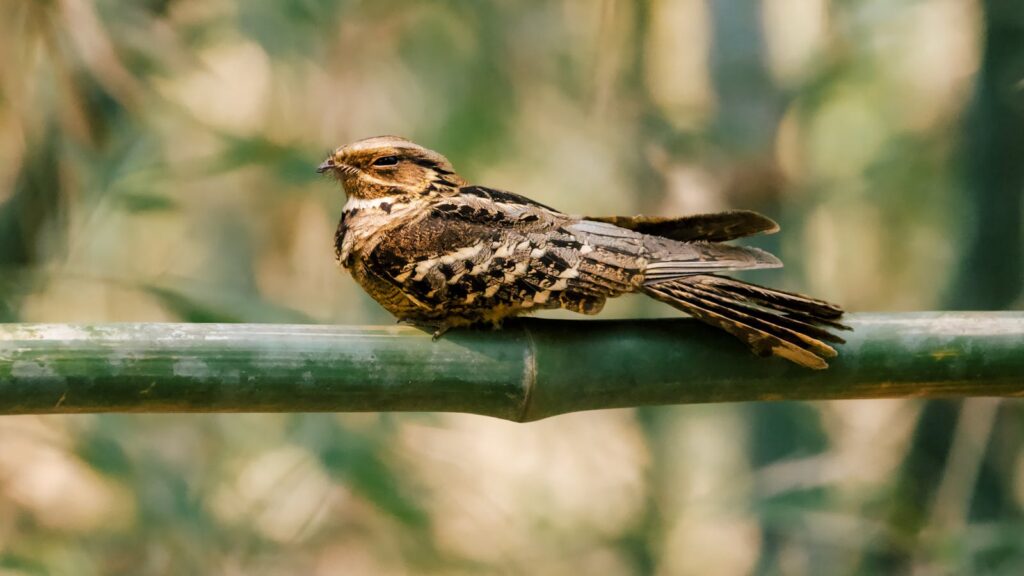
The Amazon’s nocturnal birds include some of its most bizarre and secretive species. Potoos exemplify remarkable camouflage, spending daylight hours motionless on broken branches or stumps where their cryptic plumage renders them nearly invisible. The Common Potoo’s haunting, descending whistle creates one of the rainforest’s most atmospheric night sounds, often described as melancholy or ghost-like. Nighthawks and nightjars emerge at dusk to hawk insects with wide, gaping mouths equipped with specialized bristles that help funnel prey. The Great Potoo, with its enormous yellow eyes and wide mouth, looks almost comical when spotted, resembling a feathered gargoyle as it scans for passing moths and beetles.
Colorful Tanagers and Honeycreepers
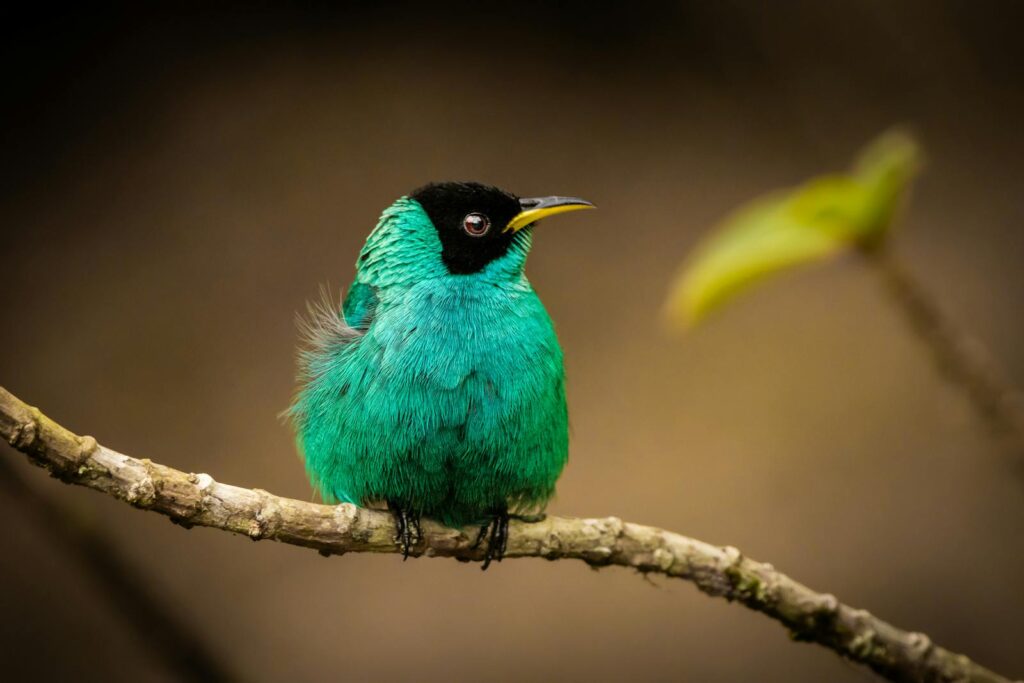
Mixed-species flocks in the Amazon frequently contain dazzling arrays of tanagers and honeycreepers that move through the canopy and sub-canopy in bursts of color. The Paradise Tanager, aptly named, displays a palette of turquoise, bright yellow, and crimson that seems almost artificial in its intensity. Green Honeycreepers utilize their curved bills to extract nectar while adding electric blue-green splashes to the canopy. The Blue-gray Tanager, though less dramatic, proves among the most widespread species, often found even around lodges and clearings. These small, social birds frequently travel with other species in feeding flocks that may contain dozens of individuals representing 15-20 different species, creating spectacular bird-watching opportunities when encountered.
Antbirds and Army Ant Followers
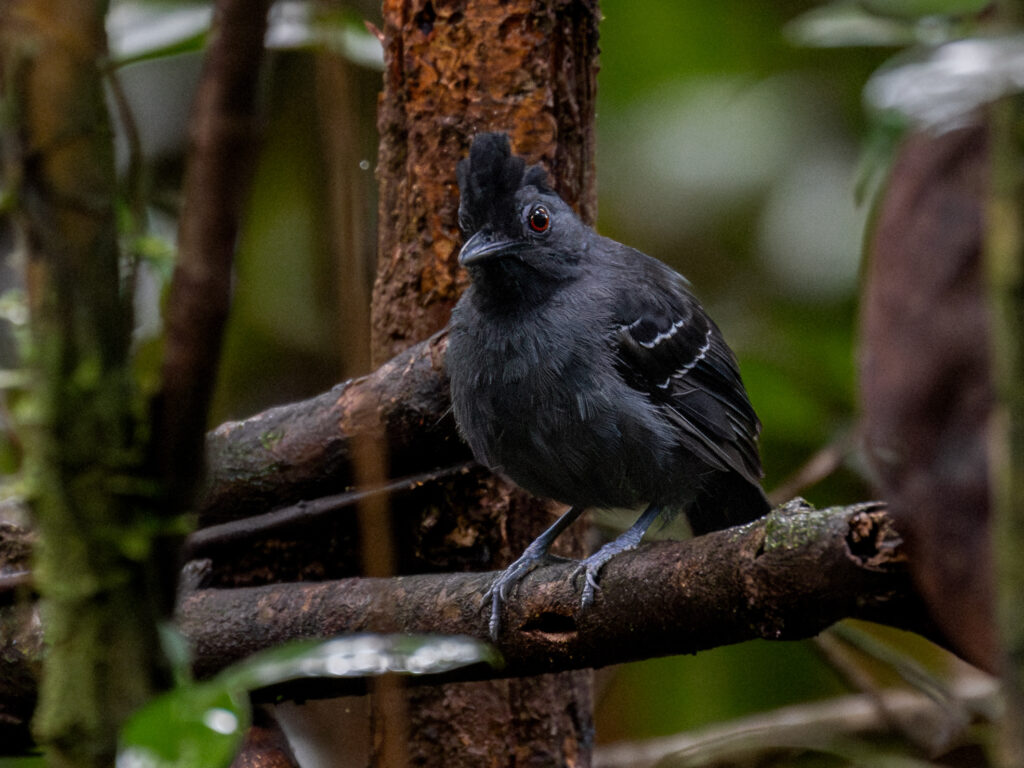
Perhaps the most ecologically fascinating bird group in the Amazon is those species that follow swarms of army ants to capture insects flushed by these massive insect raids. Professional ant-following birds like the Ocellated Antbird have evolved to depend almost entirely on army ant swarms, using specialized adaptations to detect and track ant colonies across their territory. The White-plumed Antbird, with its distinctive white crest, serves as a reliable indicator species whose presence often reveals nearby ant activity to observant guides. Woodcreepers, particularly the massive and impressive Strong-billed Woodcreeper, frequently join these feeding associations, using their specialized bills to probe crevices where fleeing insects hide. These complex feeding associations represent one of tropical ecology’s most fascinating examples of multi-species interactions.
Parrots and Parakeets Beyond Macaws
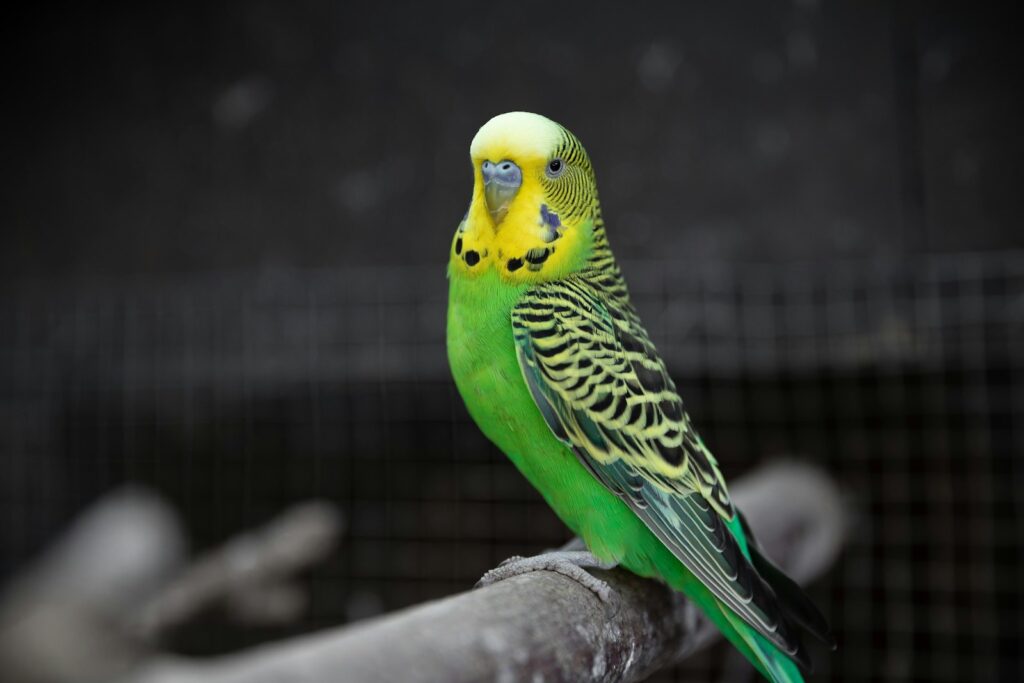
While macaws receive the most attention, the Amazon hosts dozens of other parrot species with equally fascinating behaviors and adaptations. The Festive Amazon Parrot displays a confetti-like splash of red, blue, and yellow on its otherwise green plumage, frequently gathering in noisy flocks at riverside roosting sites. Mealy Amazons—the largest of the Amazon parrots—fly with powerful wingbeats between emergent trees where they feed on fruits and nuts. Small but charming White-eyed Parakeets traverse open areas in tight formations, their constant contact calls maintaining group cohesion during flight. Many of these species have highly specific dietary needs or breeding requirements, making them particularly vulnerable to habitat disruption and explaining why so many Amazonian parrots face conservation challenges.
Oropendolas and Caciques: Master Nest Builders
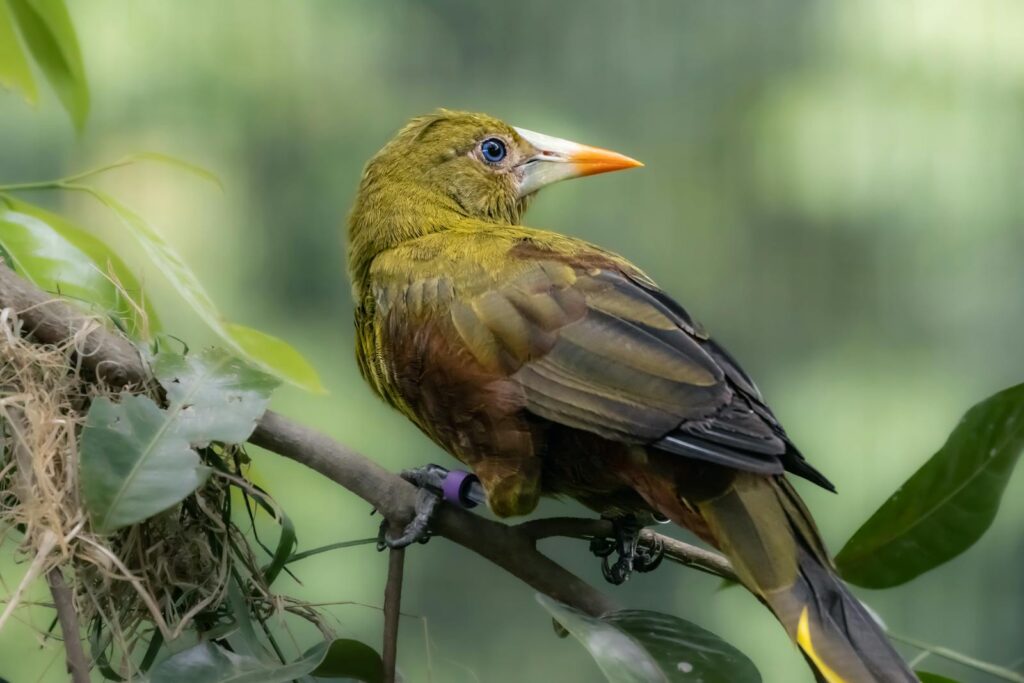
The Amazon’s oropendolas and caciques create some of the forest’s most impressive architectural structures, weaving elongated, pendulous nests that hang like teardrops from isolated trees. The Russet-backed Oropendola, with its rich chestnut plumage and bright yellow tail, accompanies its complex bubbling and gurgling calls with an elaborate bowing display that displays its vivid yellow tail feathers. Colonies may contain dozens to hundreds of these meter-long woven nests, creating unmistakable landscape features, particularly around oxbow lakes and river edges. These colonial nesters strategically establish their breeding sites near wasp nests or stinging ant colonies that protect them from predators like toucans and monkeys that might otherwise raid their eggs. Their complex social systems include dominant males who defend territories and perform spectacular displays to attract females.
Best Seasons and Locations for Amazon Birdwatching
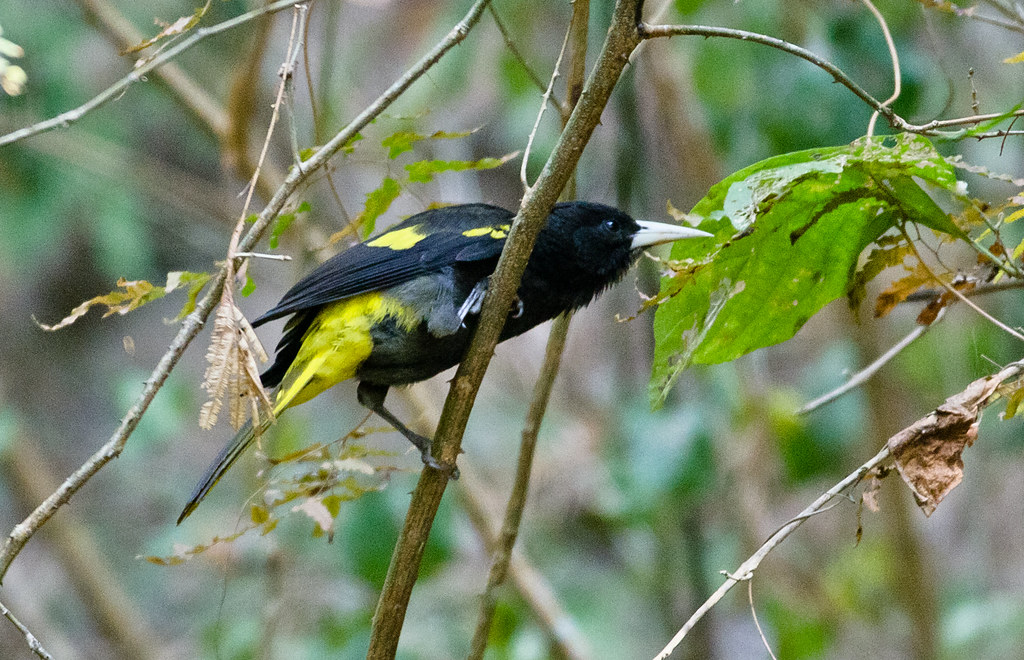
While Amazon offers exceptional birdwatching year-round, timing and location significantly influence which species you’re likely to encounter. The dry season (June through November in most regions) generally provides more comfortable viewing conditions and concentrates birds around remaining water sources, making them easier to locate. Areas where different habitat types meet—like river edges, oxbow lakes, and forest clearings—typically offer the greatest diversity within small areas. The Rio Negro basin near Manaus, Brazil hosts specialized species adapted to nutrient-poor blackwater systems, while Peru’s Tambopata region boasts some of the continent’s largest clay licks where dozens of parrot species congregate. Ecuador’s Napo region provides excellent access to canopy towers that allow eye-level viewing of species rarely seen from the ground, fundamentally changing your perspective on rainforest birds.
In conclusion, the Amazon rainforest offers bird enthusiasts an unparalleled opportunity to witness avian diversity at its most spectacular. From the technicolor display of macaws at a clay lick to the mysterious calls of potoos in the darkness, each bird represents a unique evolutionary story adapted to the world’s most complex ecosystem. The sheer variety of species requires multiple visits to truly appreciate, with each trip revealing new treasures. As deforestation continues to threaten this biodiversity hotspot, responsible ecotourism plays an increasingly vital role in demonstrating the economic value of preserving the Amazon’s extraordinary birdlife for future generations. Whether you’re an experienced birder or a casual nature enthusiast, the feathered inhabitants of the Amazon rainforest will forever change how you perceive the natural world.
